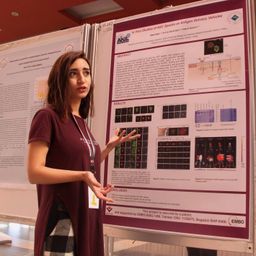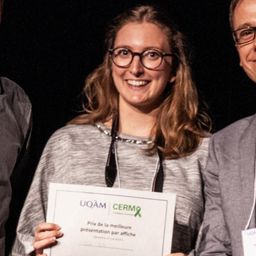CLN5 and CLN3 function as a complex to regulate endosome-to-TGN trafficking
My Session Status
CLN5 and CLN3 function as a complex to regulate endosome-to-TGN trafficking
Seda Yasa, Etienne Sauvageau, Graziana Modica, Stephane Lefrancois
Institut National de la Recherche Scientifique, Laval, Québec, Canada
Mutations in the CLN5 and CLN3 genes cause a deadly lysosomal storage disorder called neuronal ceroid lipofuscinosis (NCL), more commonly referred to as Batten disease. NCL is the most common cause of childhood dementia. CLN5 is a soluble endolysosomal protein, while CLN3 is an integral membrane protein localized to the same compartment.
Previously we have shown that both CLN5 and CLN3 are required for the recruitment of retromer to endolysosomal membranes. However, how a soluble lysosomal protein (CLN5) can modulate recruitment of a protein in the cytosol is not known. Studies have shown that CLN3 can interact with CLN5, however the molecular function of this interaction has not been shown.
Retromer is a protein complex that mediates the endosome-to-trans Golgi Network (TGN) trafficking of the lysosomal sorting receptor sortilin, under the regulation of the small GTPase Rab7A. Only GTP bound active Rab7 can localize to late endosomal membranes. So that, retromer can be recruited to membrane anchored Rab7A for its effector function.
In this work, we showed that CLN5 is required for the palmitoylation of Rab7A, which is required for its membrane recruitment, thus the function of retromer. We found that sortilin is degraded in CLN5 knockout HeLa cells. CLN3 is also required for the endosome-to-TGN sorting of sortilin by interacting with sortilin and regulating its retromer interaction. The CLN3/sortilin interaction was disrupted in CLN5 knockout HeLa cells. Together, these suggest that CLN5 and CLN3 function as a complex at endosomes to coordinate the sorting of sortilin.











Discussion